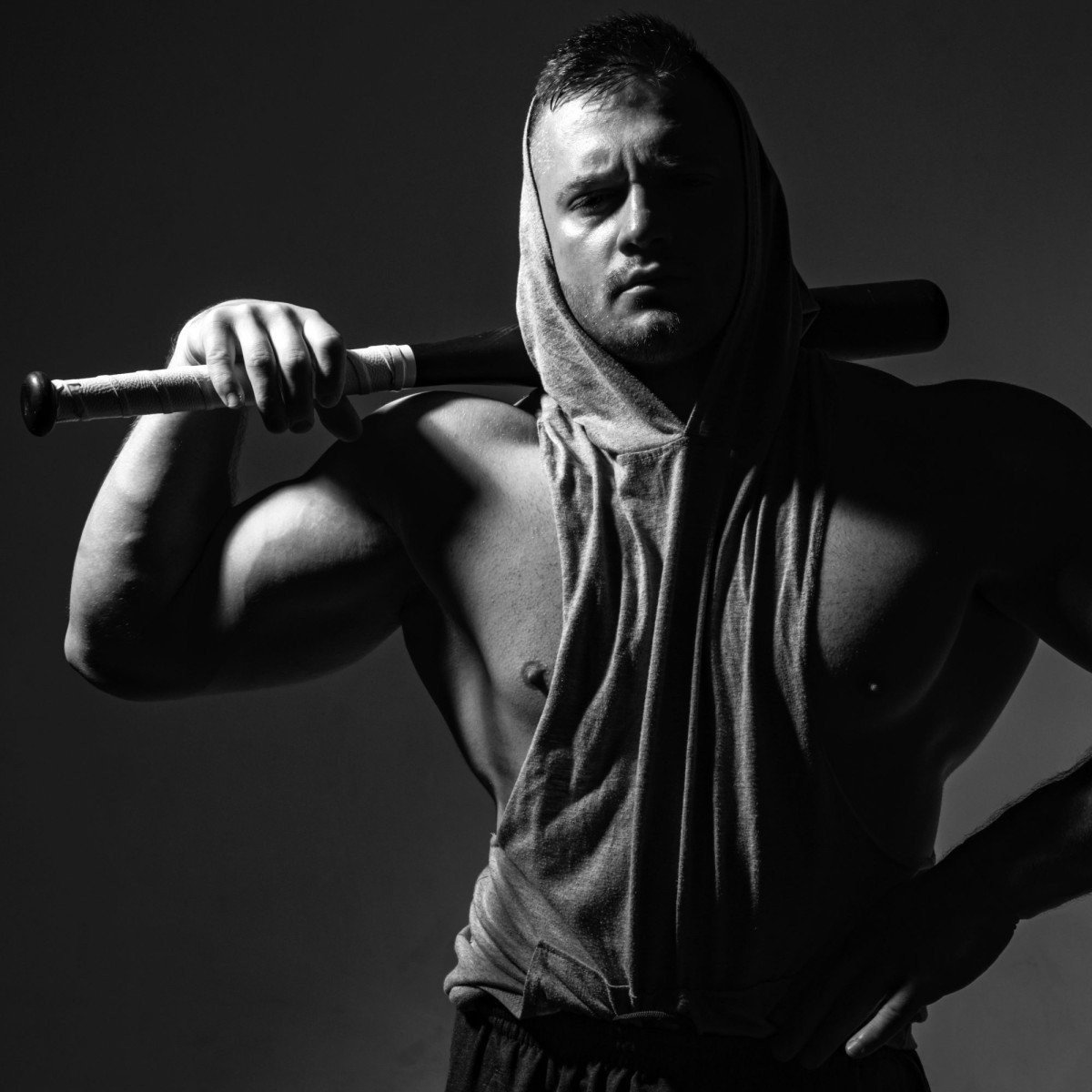Ever found yourself holding your breath as the football arcs perfectly into the goal, or as a basketball player fakes left, then right, leaps into the air and artfully sinks a flawless basket? Ever wished you could freeze that magic moment forever? If so, you’re likely drawn to the adrenalized world of sports photography.
A surprising fact: Sports photography is one of the most challenging genres in the industry. Why? It’s the pace. The intensity. The raw, often unpredictable action. In no other style of shooting do things move so swiftly, change so quickly, or rely so heavily on split-second decision-making.
The Allure of Sports Photography
Imagine standing on the sideline, camera in hand, anticipation knotted in your gut as the game enters a dramatic crescendo. The air, charged with tension, mirrors the drama unfolding on the field – tension that’s contagious, and you can’t help but catch it. There’s something nearly intoxicating about the vivid ferocity of the scene before you, the sense of being at the heart of the action rather than merely a spectator.
Admittedly, shooting sports photography has a steep learning curve – just as steep as that in interior photography. But trust me, the rewards are well worth the struggle – the satisfaction of capturing a perfect shot, the thrill of being part of the action, and the continuous challenge making it never dull.
Mastering the Art of Anticipation
The essence of sports photography isn’t just about having a quick trigger finger. It’s knowing when to press the shutter, predicting where the action is heading. In football, it’s anticipating where the ball will land even before the player’s foot makes contact. In tennis, it’s perceiving the tiny instant between the backswing and the power-packed forward strike. I remember this from my early days with the camera: ‘Anticipation is the highest form of intelligence in this game.’ And as strange as it may sound, the sport itself becomes secondary to the art of anticipation.
Of course, a good understanding of the sports you’re shooting can provide that crucial edge. Knowing the rules, strategies, and individual styles of players helps you to read the game, predicting where to point your lens. But even with that knowledge, you face a paradox: You’re focusing less on the game and more on the storytelling aspect. And that’s a fascinating shift worth exploring.
Equipment Matters : Your Excalibur in the Field
In the world of sports photography, your gear often decides the success or failure of your shots. Fast autofocus, high frame rate, good ISO performance to compete with usually less-than-ideal lighting conditions – there’s a list of specifications you need to consider. The right lens can make a gargantuan difference. Remember, it isn’t about having the most expensive gear, but the most appropriate for the action you’re trying to capture.
Developing the Sports Photographer’s Mindset
Another crucial yet often ignored component of sports photography is mindset. You might wonder, ‘What does mindset have to do with taking pictures? Isn’t it all about technique, timing, and technology?’ Well, not exactly. Think of it as a combination of patience, perseverance, and a lot of practice. You’ll miss hundreds of shots for every ‘money shot’ you get, and this can be immensely frustrating. You have to become comfortable with failures, see them as stepping stones, and stick around for the magic moment when it happens.
The art of sports photography is akin to learning a musical instrument, with your camera playing the role of the violin or piano. It takes time, effort, and a lot of wrong notes before you can create harmony. But the moment you do — the moment you unveil a beautifully composed shot that communicates the energy, passion and drama of the game — it’s symphony to the eye.
The Finish Line
To summarize, sports photography is more than snapping away during a game. It’s a balance of technique, gear, mindset, and the art of narrating a story through your images. It’s about patience and snapping the peak of action, and accepting that many attempts won’t always hit the mark. But rest assured, the moment you get that perfect shot – it’s worth the sweat and the perseverance. Are you ready to step into the field and shoot your own sporting symphony?


0 Comment